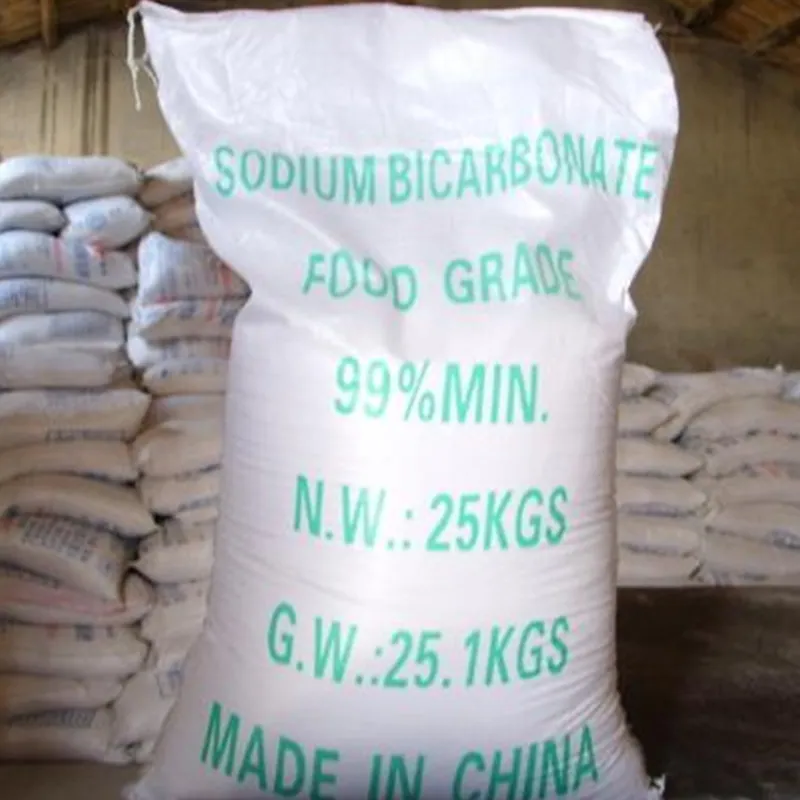
e150d food additive
Understanding E150d The Caramel Color Food Additive
E150d, commonly known as Caramel Color, is one of the most widely used food additives in the food industry. It plays a crucial role not only in enhancing the visual appeal of food products but also in contributing flavor and stability. This article delves into what E150d is, its production process, safety considerations, and its applications in the food industry.
What is E150d?
E150d is a type of caramel color, classified under the broader category of caramel colors that are derived from the heating of sugars. It falls within the classification of food colorings that are used to give foods and beverages a rich, brown color. The designation E150 refers to the European food additive numbering system, developed to provide a standardized way to identify different food additives. The 'd' in E150d specifically denotes the type of caramel color produced through the controlled heat treatment of carbohydrates in the presence of acids, alkalis, or salts.
Production Process
The production of E150d involves caramelizing sugars, typically derived from sources like cane sugar, corn, or barley. During the manufacturing process, these sugars are heated and treated with acids or alkalis, which facilitates the formation of complex aromatic compounds and pigments. This process not only generates the desired color but also enhances the flavor profile, imparting a slight sweetness and bitterness to the final product.
E150d is one of four main types of caramel color (E150a, E150b, E150c, and E150d), each distinguished by their production methods and resulting characteristics. Specifically, E150d is known for its stability in various pH levels, making it a preferred choice in a wide array of food applications.
Safety and Regulatory Status
The safety of food additives, including E150d, is a topic of ongoing research and regulation. E150d has been approved for use by many health organizations, including the European Food Safety Authority (EFSA) and the United States Food and Drug Administration (FDA). Studies suggest that when consumed in typical amounts found in foods and beverages, E150d is safe for the general population. However, individuals with specific dietary restrictions or allergies are advised to read food labels to avoid potential adverse reactions.
Despite its safety approval, there have been discussions regarding the production of certain types of caramel colors, particularly those that may contain 4-MEI (4-Methylimidazole), a compound that has raised concerns due to its potential carcinogenic properties. Although E150d does not have detectable levels of 4-MEI, vigilance in monitoring production practices remains essential.
e150d food additive

Applications in the Food Industry
E150d finds a diverse range of applications across the food and beverage industry. It is commonly utilized in
1. Beverages E150d is frequently found in soft drinks, particularly colas, where its rich brown hue enhances the product's visual appeal. It is also used in alcoholic beverages, such as dark beers and spirits, to provide an attractive color alongside flavor.
2. Confectionery In candies and chocolates, E150d contributes both color and a slight caramel flavor, making products more enticing.
3. Sauces and Condiments Many sauces, including soy sauce and barbecue sauces, utilize E150d to achieve a desirable appearance and depth of flavor.
4. Processed Foods E150d is added to various processed foods, including baked goods and ready-to-eat meals, to ensure visual consistency and enhance flavor.
5. Dairy Products In products like ice cream and yogurt, caramel coloring can enrich the aesthetic and sensory experiences of the product.
Conclusion
E150d is a vital ingredient in the food and beverage industry, enhancing not only the visual presentation of products but also contributing to their flavor profiles. With its extensive use across various sectors, understanding this food additive's properties, production, and safety considerations is essential for consumers and manufacturers alike. As the industry continues to innovate, the role of E150d and other food additives will remain significant in meeting consumer expectations for quality and appeal in food products.
-
Understanding Synthetic Rubber OptionsNewsApr.27,2025
-
Trichloroisocyanuric Acid: Essential for Clean and Safe WaterNewsApr.27,2025
-
Sodium Dichloroisocyanurate: Key to Safe Water TreatmentNewsApr.27,2025
-
Sodium Acid Pyrophosphate: Essential in Modern Food ProcessingNewsApr.27,2025
-
Essential Water Treatment ChemicalsNewsApr.27,2025
-
Denatured Alcohol and Its Industrial UsesNewsApr.27,2025
-
The Versatile Uses of Sodium BicarbonateNewsApr.24,2025
Hebei Tenger Chemical Technology Co., Ltd. focuses on the chemical industry and is committed to the export service of chemical raw materials.
-

view more DiethanolisopropanolamineIn the ever-growing field of chemical solutions, diethanolisopropanolamine (DEIPA) stands out as a versatile and important compound. Due to its unique chemical structure and properties, DEIPA is of interest to various industries including construction, personal care, and agriculture. -

view more TriisopropanolamineTriisopropanolamine (TIPA) alkanol amine substance, is a kind of alcohol amine compound with amino and alcohol hydroxyl, and because of its molecules contains both amino and hydroxyl. -

view more Tetramethyl Thiuram DisulfideTetramethyl thiuram disulfide, also known as TMTD, is a white to light-yellow powder with a distinct sulfur-like odor. It is soluble in organic solvents such as benzene, acetone, and ethyl acetate, making it highly versatile for use in different formulations. TMTD is known for its excellent vulcanization acceleration properties, which makes it a key ingredient in the production of rubber products. Additionally, it acts as an effective fungicide and bactericide, making it valuable in agricultural applications. Its high purity and stability ensure consistent performance, making it a preferred choice for manufacturers across various industries.











